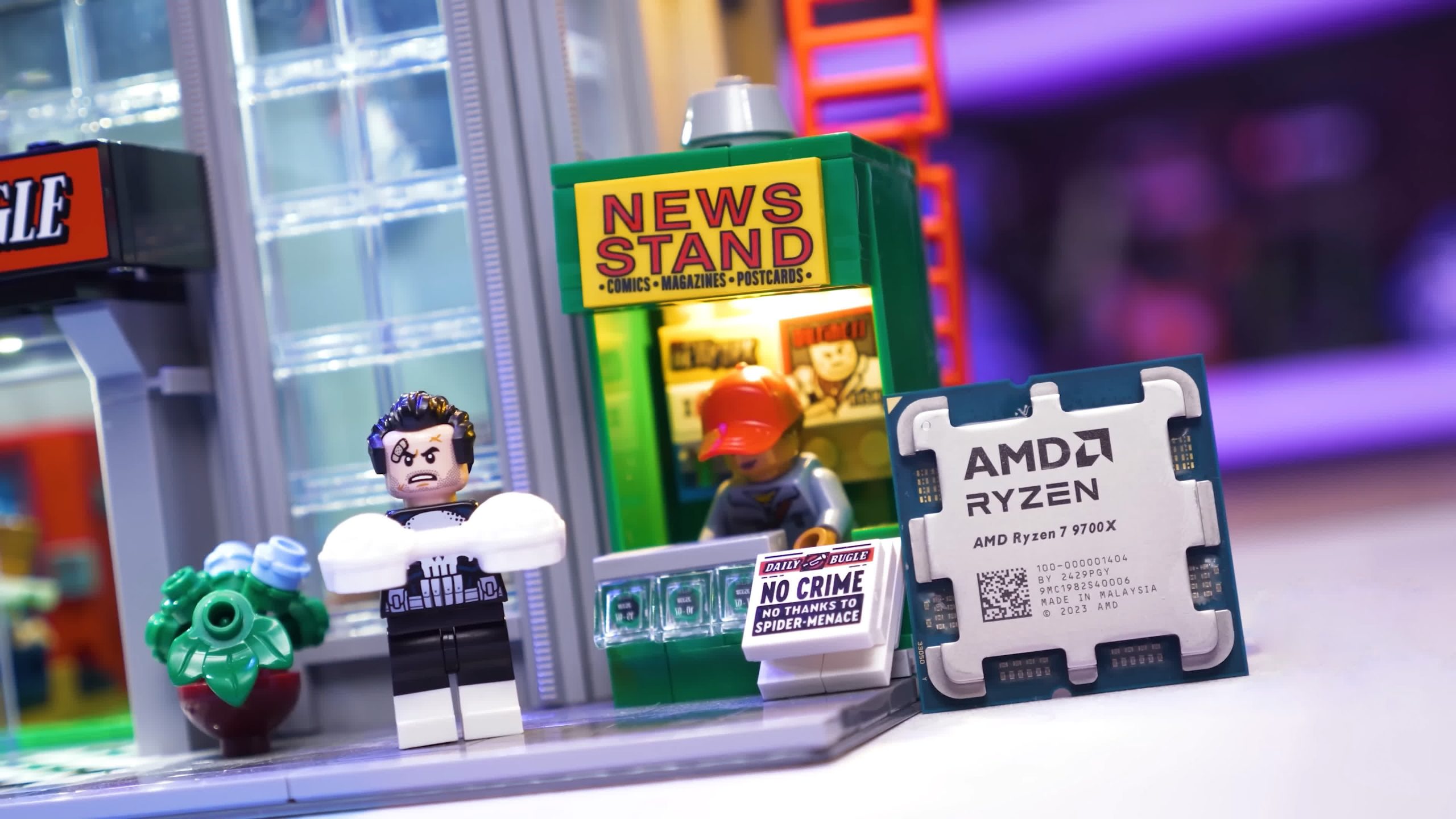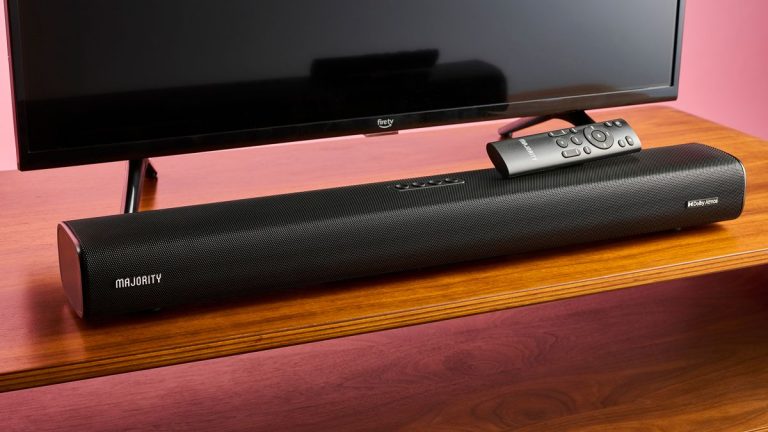AMD’s Lackluster Launches: What’s Behind the Steep Decline in Fan Support?

AMD’s recent launch history is a mess of botched product releases that have been disappointing, or downright embarrassing. It seems like there’s a constant trend of AMD shooting themselves in the foot, generating misleading marketing, and making simple errors that would result in better experiences for consumers if done differently.
For this piece, I wanted to lay out what makes a successful launch, discuss some bad launches, and offer constructive criticism on what AMD should do to change their trajectory.
Let’s start by looking at a good example of a successful launch, the Ryzen 7 7800X3D. This chip was introduced in January of this year, and on paper, it seemed to be exactly what AMD wanted it to be – an ultimate gaming processor. In their release announcement, AMD touted significant performance gains versus the older Ryzen 5800X3D and priced the new part reasonably at $450. Our first impressions article showed that their claims stacked up, making it clear that this product was, in fact, a top-notch gaming CPU.
[A picture of a CPU or motherboard]
One of the hallmarks of a successful launch is getting the marketing pitch right and setting realistic expectations. Unfortunately, AMD wasn’t consistently successful in these areas across their recent launch history, and that is what separates the good launch from a bad one. Let me give you two examples to illustrate this: the AMD Radeon 7000 series and the recent Ryzen 9 7000 desktop CPUs.
There’s really no way around it: the Radeon RX 7000 series is a messy launch. Practically every product in this lineup got something wrong from the onset, and performance expectations set by AMD consistently fell short of reality.
And then there was the AMD Ryzen 7000 lineup, which set expectations fairly well at least, albeit with some lofty claims – but that can be addressed. However, the fact that AMD continues to experience these issues will only prolong the frustration and put a wedge between them and their core audience.
A key challenge AMD faces, in addition to these other issues, is that if they aim to create higher-margin launches, they essentially need better products that back up claims. In AMD’s present state, as we said, it becomes difficult for them to truly compete profitably.
Going forward, AMD needs a serious introspection about this launch model. It wouldn’t require a massive, drastic restructuring, but smaller adjustments made to the mix of processors, pricing adjustments, making sure the value proposition across the board justifies and aligns perfectly with target audience expectations…
…They need to address the trust gap between customers and this company. Launches won’t be won by attempting to manipulate statistics or spin the narrative that a slower product is not slow…






